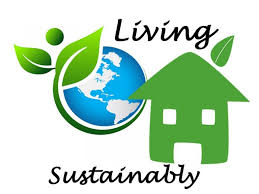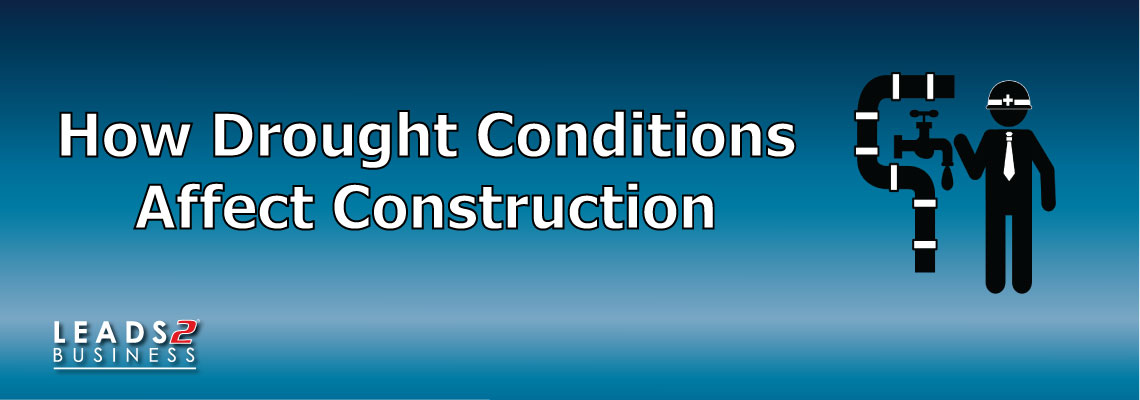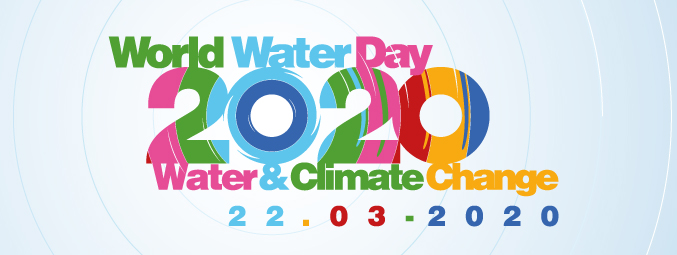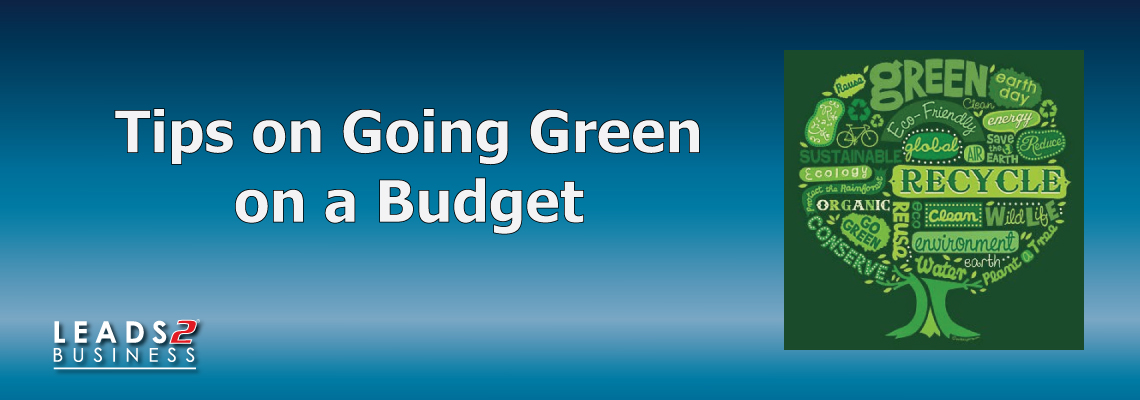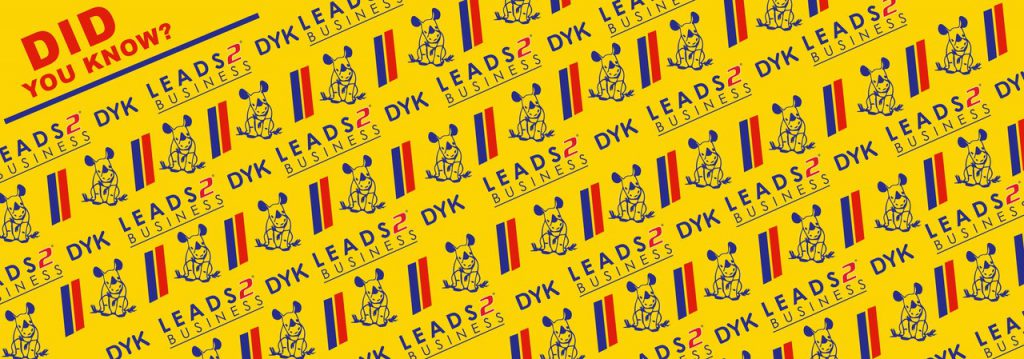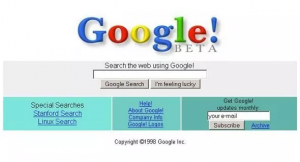
do-it-yourself
noun, often attributive
Definition of do-it-yourself
the activity of doing or making something without professional training or assistance broadly
an activity in which one does something oneself or on one’s own initiative
First Known use of do-it-yourself 1952,
So, What Does DIY Actually Even Mean?
Obviously “do it yourself” — but is that all?
Do-it-yourself (DIY) projects can be a great way to save money.
The Internet makes projects of all types and complexity seem accessible thanks to a seemingly infinite selection of instructional videos and blog posts. Everything from making a tufted headboard to building a deck seems easy, cheap, and doable.
The truth is that DIY projects aren’t always easy or cheap, and they may involve technical work that’s best left to the professionals.
While there’s nothing quite like the pride of being able to show off something you did yourself, or the satisfaction of knowing you may have saved a significant amount over retail, there are some factors to consider before deciding to do it yourself.
1. You Can’t Replicate the Quality of a Store-Bought Item
2. The Materials & Equipment Cost More Than Buying Pre-Made
3. It Would Take Too Much Time to Make the Cost Savings Worth It
4. It Would Cause You Too Much Stress
5. It’s Something That Should Really Be Done by a Pro
When It Does Make Sense to DIY
1. It Really Does Save Money
2. The Project Is Doable & You Will Enjoy It
3. You Want Something Custom or Heartfelt
In the end, there are far more factors to consider when deciding to do a DIY project than whether it might save you money. While money is certainly a factor, just as important can be your time, enjoyment, and skill level. Next time you’re considering a DIY project, make sure to weigh all the pros and cons.
Are you a DIYer? What projects have you done or are you considering? Are there any projects you’ve regretted taking on?
To view more Articles, please visit our Leads 2 Business Blog.
If you are interested in becoming one of our subscribers, please visit Leads 2 Business.
To view notes with screenshots on how to use our website, please visit Leads 2 Business Wiki.
About Chantélle Naudé
I have been with Leads 2 Business since 2009, from Leads 2 Quotes to Directory. Mom to 3 girls. Outspoken, Fastidious and lover of all things Spicy and Shiny.
- Web |
- More Posts(9)



